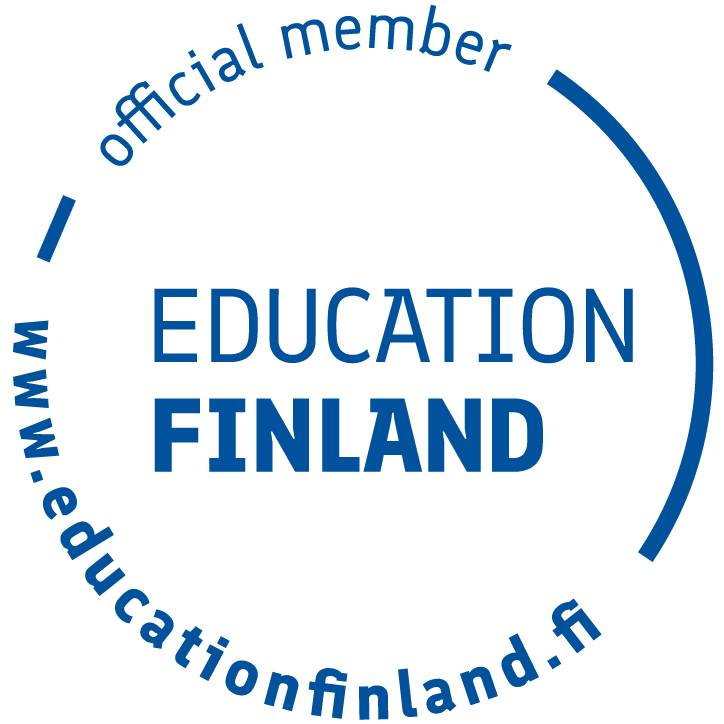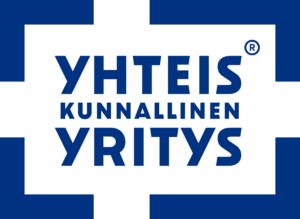This project addressed immigrant communities as well as public authorities in three Baltic countries. The aims of the project included bridging the tools, activities and concepts of citizen communities, on one hand, and the governments’ top-down participation practices and technologies on the other, in terms of interoperability and integration. The outcomes materialized as recommendations for the integration of participatory activities of citizen communities with participation-facilitating approaches of governments by means of 1) Governance practices 2) Interaction and community design models 3) Interoperable and integrating technologies. Through these outcomes and actions, it was possible to enhance social inclusion, participation, equality and greater social cohesion among marginalized groups. Manual was produced to advice immigrant communities and authorities in the best practices for applying ICT to promote better social, political and cultural inclusion.
As the Internet had become accessible to the majority of citizens in most European countries, it was justified to consider the new social media paradigm as a potential instrument of supporting citizens more effective social, political and cultural participation in the society (e-inclusion and e-participation). However, as emphasised in the EU’s i2010 programme, and especially in the Riga Ministerial Declaration, many obstacles remain on the way of harnessing the new possibilities to the service of facilitating inclusion and participation of marginalized groups, in particular, outdated administrative practices and incompatible technologies. This held also for the development areas of the Central Baltic countries. Advances at the time of web-based Community and Collaborative Technologies (CCT), such as wikis, blogs and content sharing applications, appeared to open new kinds of self-organizing community practices and applications that supported these goals in a self-organizing bottom-up fashion.
The project was completed in April 2012.





